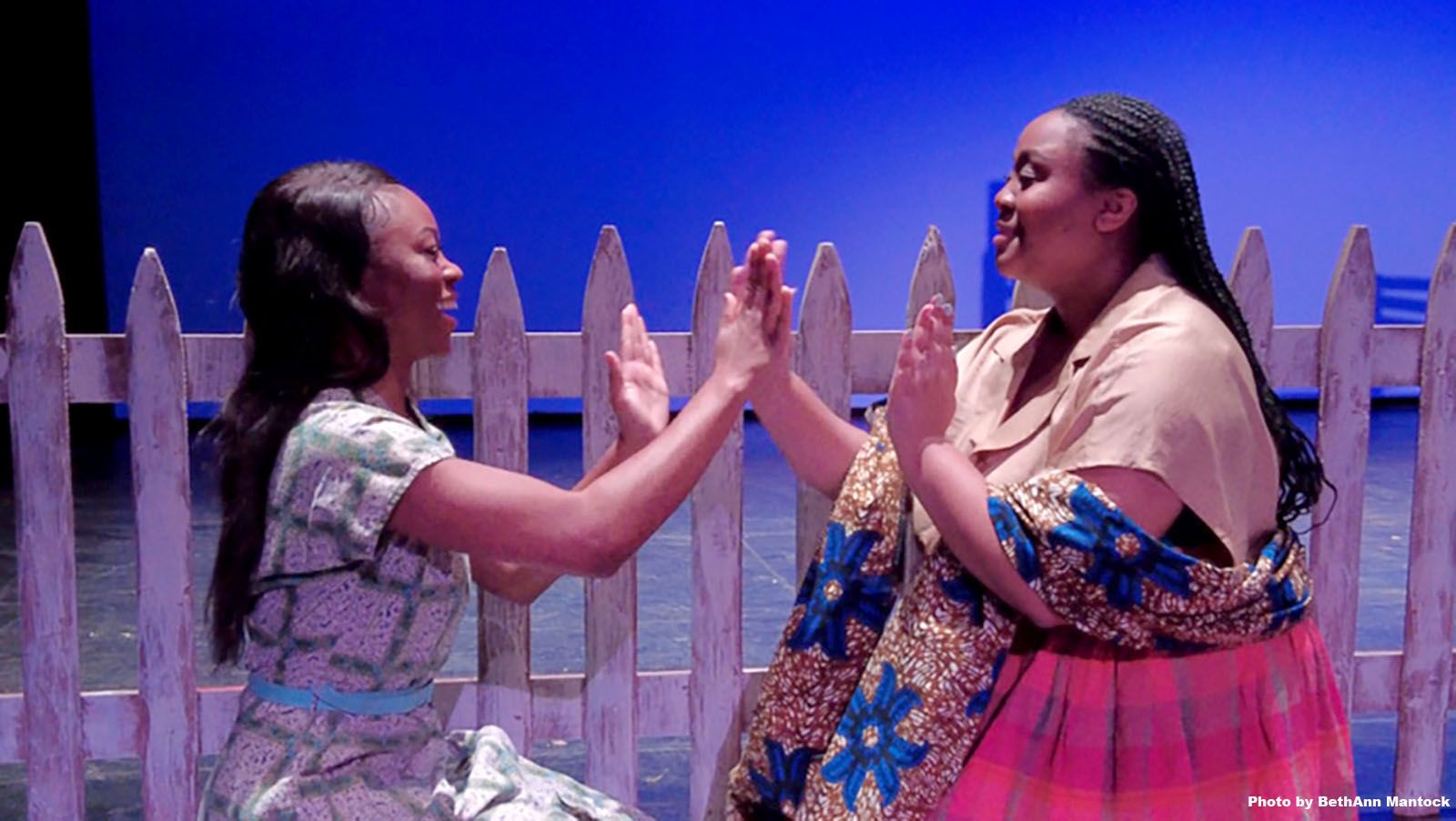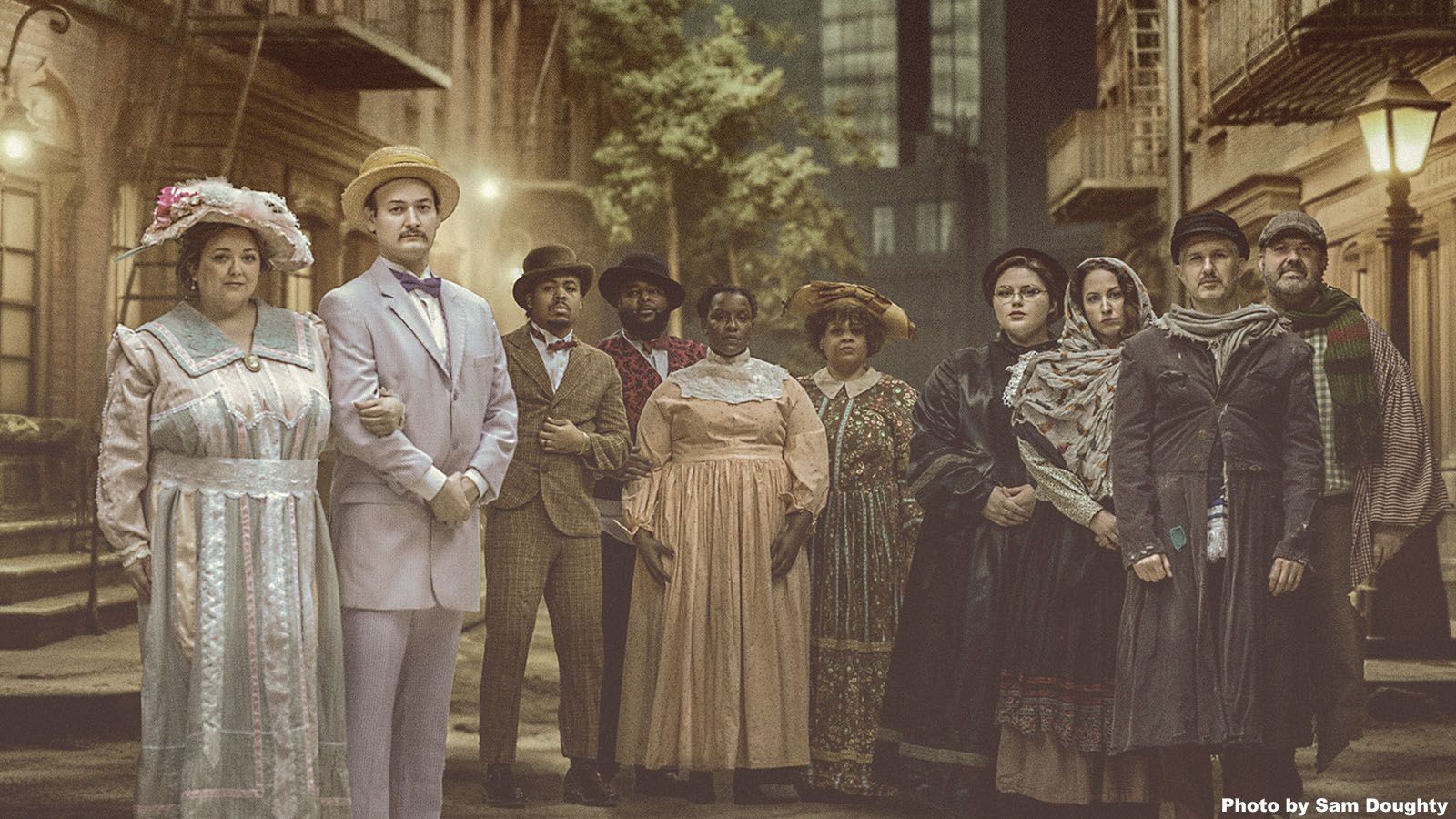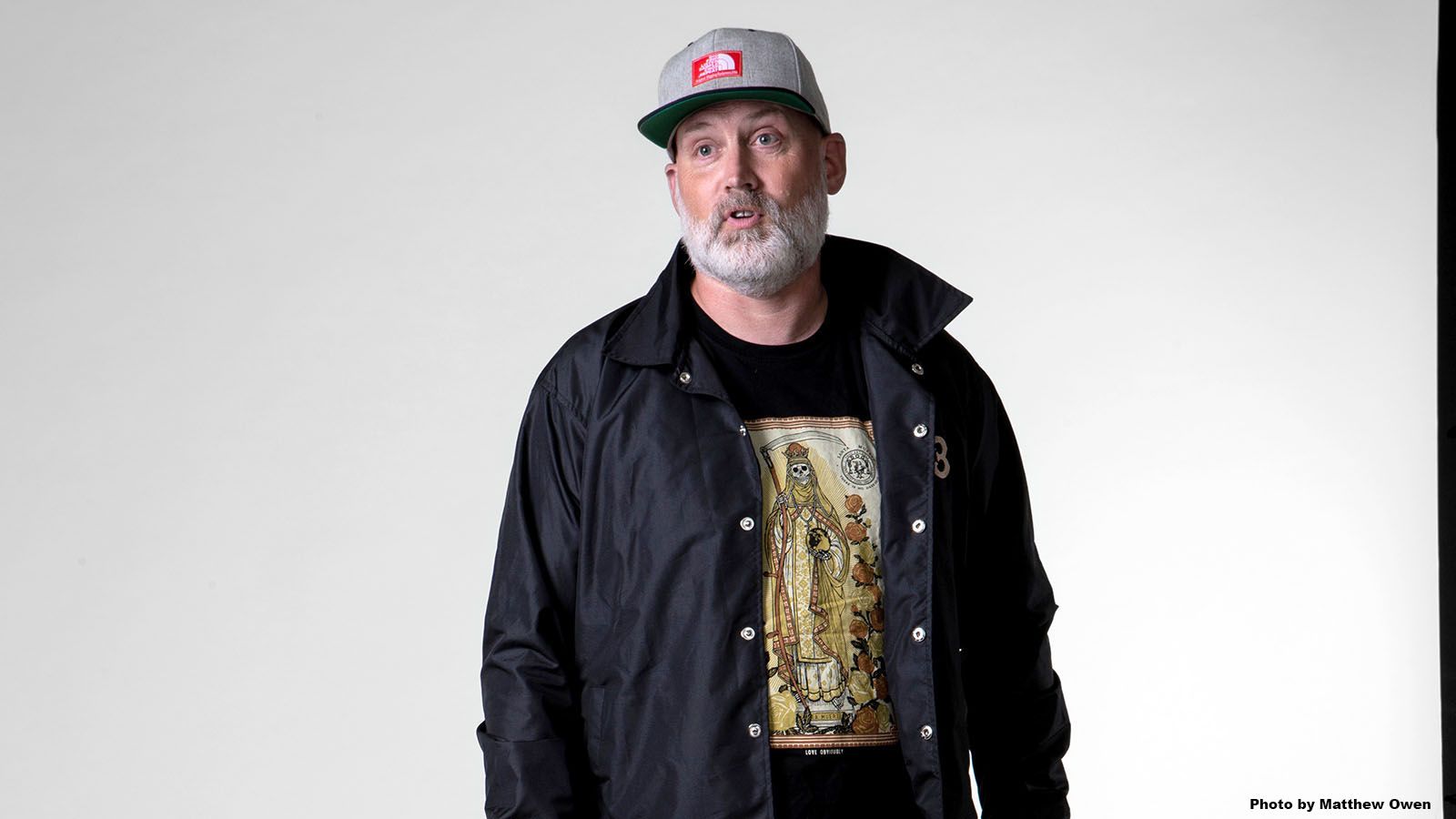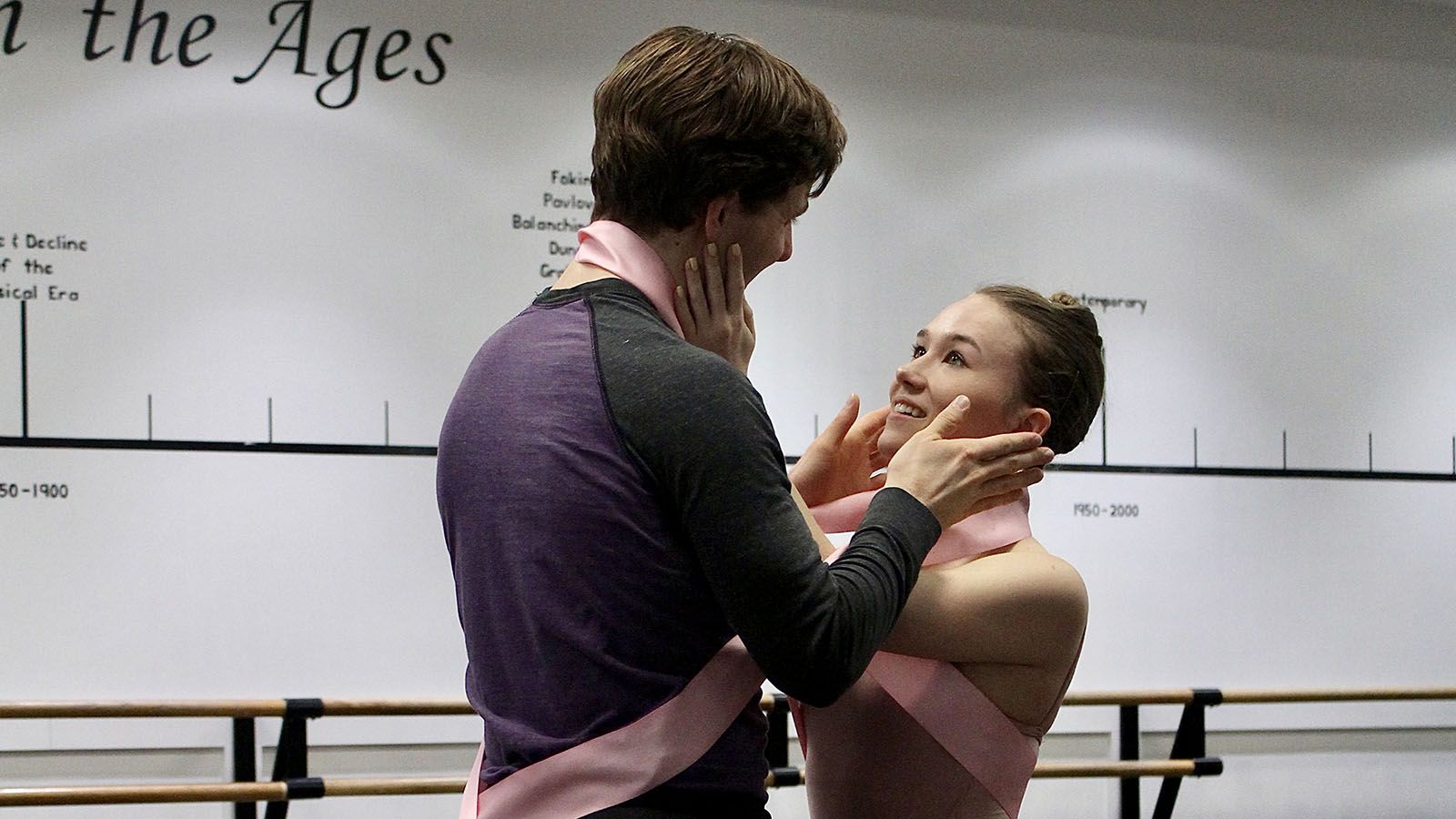It’s been told in a number of ways, but northeast Indiana will get its own version when Fort Wayne Civic Theatre presents The Color Purple.
The story of a Black woman whose faith guides her through beatings and rapes began as a Pulitzer-winning novel by Alice Walker. Steven Spielberg directed the 1985 film starring Whoopi Goldberg, Oprah Winfrey, and Danny Glover, before it was turned into a Broadway musical in 2005. That musical was adapted into a movie in late 2023, starring Fantasia, Taraji P. Henson, and Colman Domingo.
Fresh off the Christmas release of The Color Purple, Dianne Shaw, the director of the Fort Wayne Civic Theatre production, was a bit uneasy.
‘The Color Purple’
7:30 p.m. Friday-Saturday, Feb. 9-10
2 p.m. Sunday, Feb. 11
7:30 p.m. Friday-Saturday, Feb. 16-17
2 p.m. Sunday, Feb. 18
Arts United Center
303 E. Main St., Fort Wayne
$22-$36 · (260) 422-4226
“I thought, ‘Oh my, it will be saturated and people will go, “Oh, I’ve seen it already.” ’ ” she said. “But, I’ve seen each one. I’ve seen the original. I’ve seen the new one that just came out. I’ve seen The Color Purple on Broadway. I’d say nothing beats the experience of live theater. That’s because the audience becomes a part of the story.”
And as for the oversaturation? That does not seem to be a problem for the show opening Friday, Feb. 9, at Arts United Center.
“We have great ticket sales,” a sly Shaw said.
Crossing racial lines
The story of The Color Purple can be a tough one to tell.
It follows Celie, played by Timya Townsend, who is raped by her father, Pa (Shaquan Walker), and has her two children given away. She is eventually wed to Mister (Dr. MarTeze Hammonds), who gives her daily beatings.
Over the course of 40 years, Celie loses contact with her sister Nettie (Tamia Beverly) and befriends Sofia (Shaneequa Swain) and Shug Avery (Rockell Allen), only to see rocky times in those relationships.
Eventually, she finds happiness, but it only comes by way of her faith and drive.
“Because I want to go in the direction of humanity and love, I think it smooths it out a little bit,” Shaw said about covering the tough subjects in the story. “I don’t think anyone wants to see someone beaten and raped and just totally ill-used. You want to root for that person, and when they triumph, you triumph with that person.”
To illustrate how this musical is a bit deeper than most, the cast was supplied with a 40-page study guide, outlining the story as well as the social climate in Georgia between 1911-1945.
“Sometimes history can be raw and can be difficult to face,” Shaw said. “When it’s delivered in a way that touches our humanity and asks us to be a human being, it works. I asked (Townsend), ‘How does Celie survive? What gets her up in the morning and makes her take one more step or take one more slap? What keeps her going?’ The two things that she said were faith and love.
“I think across racial lines and any other line we can come across, when we share faith, when we share spirituality, when we share something that is greater than all of us, that’s uniting.”
Representation
When Hammonds heard the Civic Theatre had The Color Purple on their radar, he held a wait-and-see approach.
“I kind of doubted them,” Hammonds said. “I was thinking, ‘They’re not bringing The Color Purple to Fort Wayne. I’ll wait to see if this is a promise kept.’
“The Color Purple is a hard play, since it’s a difficult musical that brings in some very difficult topics,” he added. “I just didn’t know if the community was ready.”
Shaw was just as pleased, believing it is a show the city is ready to see.
“I was heartened by it,” she said. “I think Fort Wayne is ready. They’re ready for The Color Purple, because it really does speak to every human being. It really does. It should.”
The story has been speaking to Hammonds for a long time, having enjoyed the 1985 movie, seen the Broadway show and the touring production, and watched the latest film. So, when he got the opportunity to be a part of it, he jumped at the chance.
“I fell in love with The Color Purple musical, because I have a theater degree,” he said. “It’s just so amazing to see all those African-Americans on stage doing amazing work. I came from Murray, Kentucky, and it’s very rare to see that many people of color onstage in these roles. It was just so refreshing.”
Seeing that many Black actors on stage is just as fulfilling for Shaw, who has directed 9 to 5 and Dreamgirls for Fort Wayne Civic Theatre.
“There is so much great talent here,” she said. “I’ve lived here about 14 years and have seen Civic shows, First Pres shows, and others. There’s robust theater here and some very well-known people have come out of the Fort Wayne community to do greater things.”
“We have lovely mixture of people who are veterans and we also have some people that will be onstage for the first time.”
Humanity
There are undoubtedly tough scenes, with Hammonds tasked with delivering more than his fair share in the role of Mister.
“That makes it challenging, but also a more fun role to play,” he said. “I am very high energy and kind of happy-go-lucky. Having to play this kind of solemn, stern, strict, abusive role is difficult. I’ve seen some of him in some men while growing up.”
Despite all his shortcomings, Mister eventually learns the errors of his way. And it’s that part of the story that shines through.
“The Color Purple is about humanity, it’s about spirituality, and, bottom line, it’s about love,” Shaw said. “How is that not universal?”





